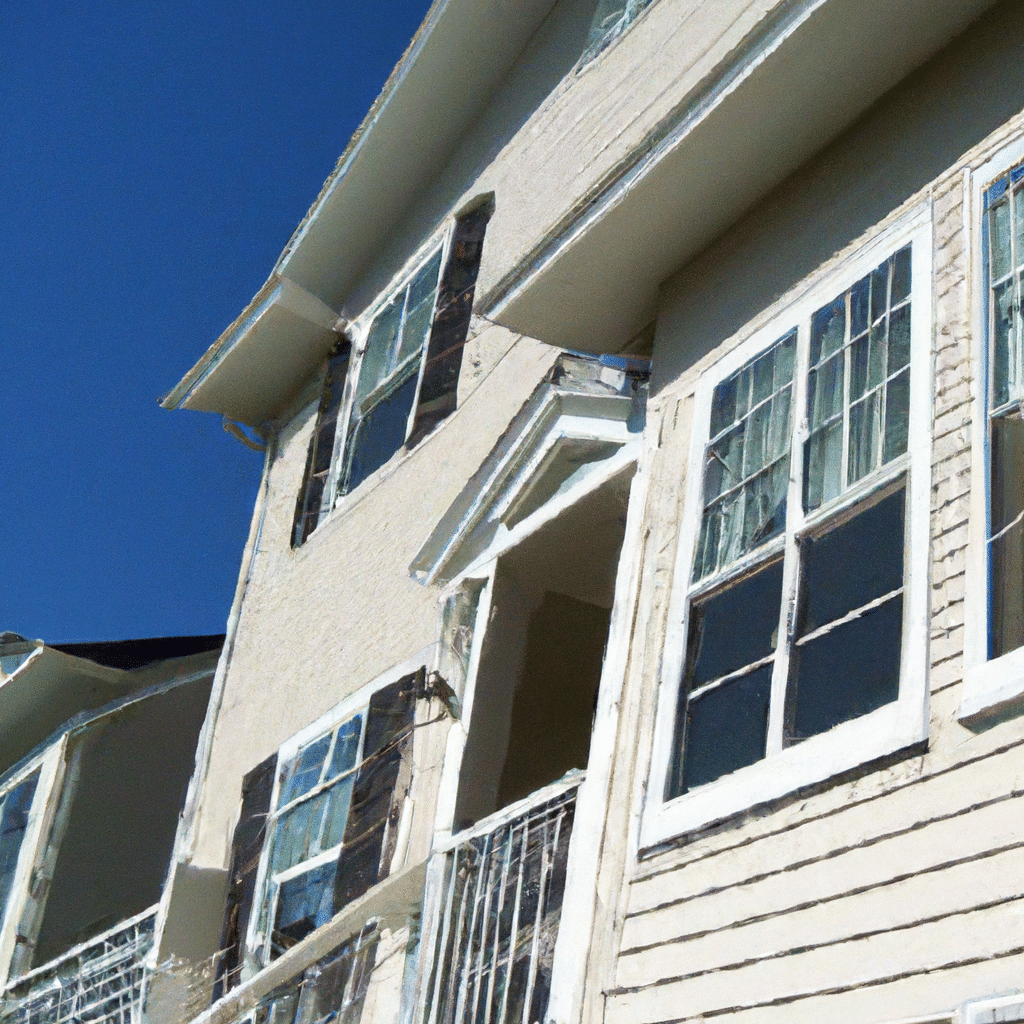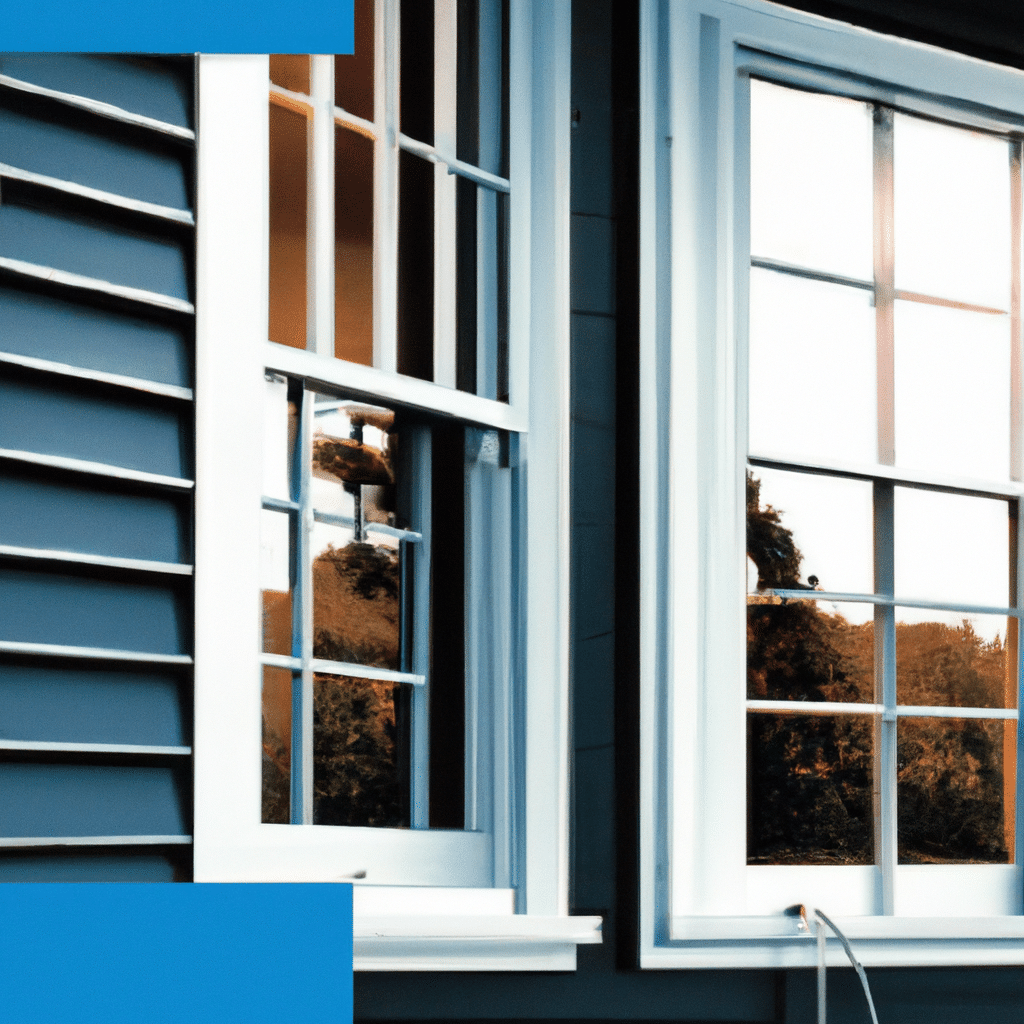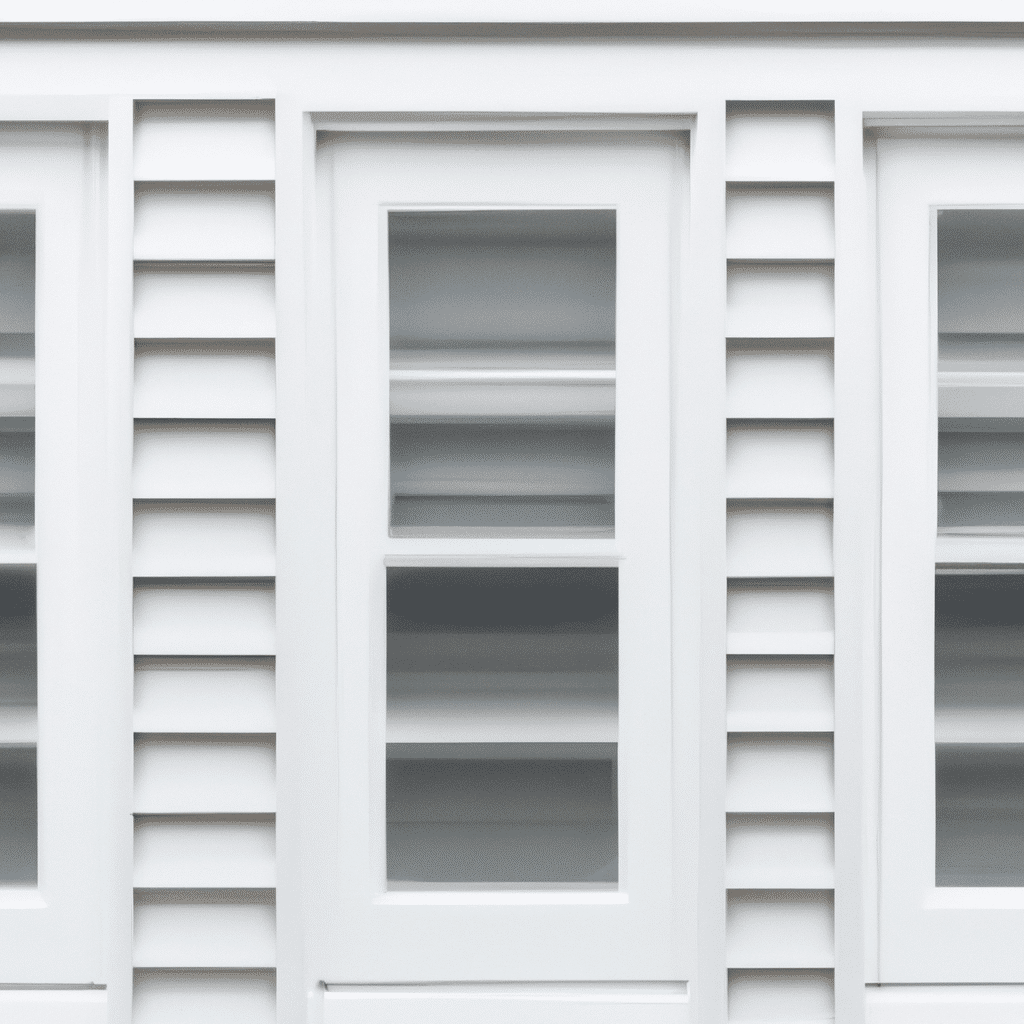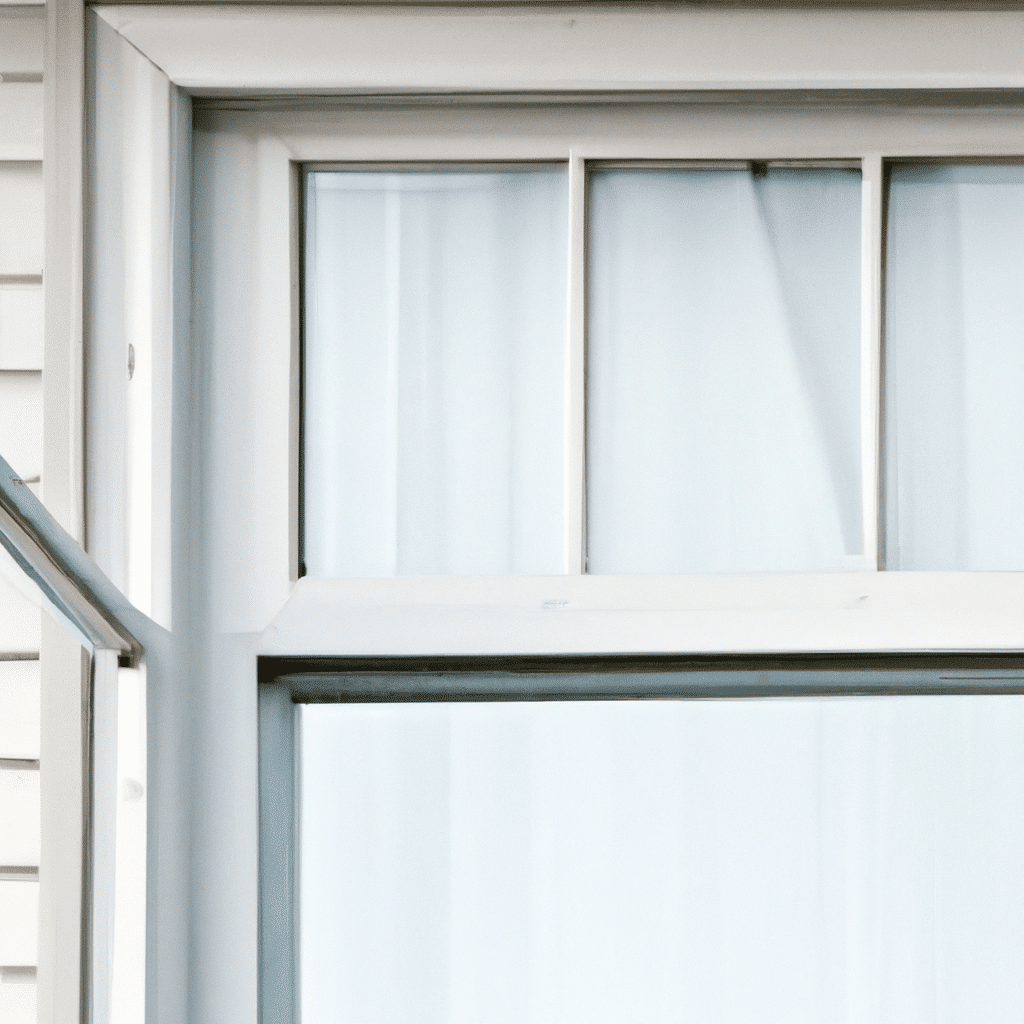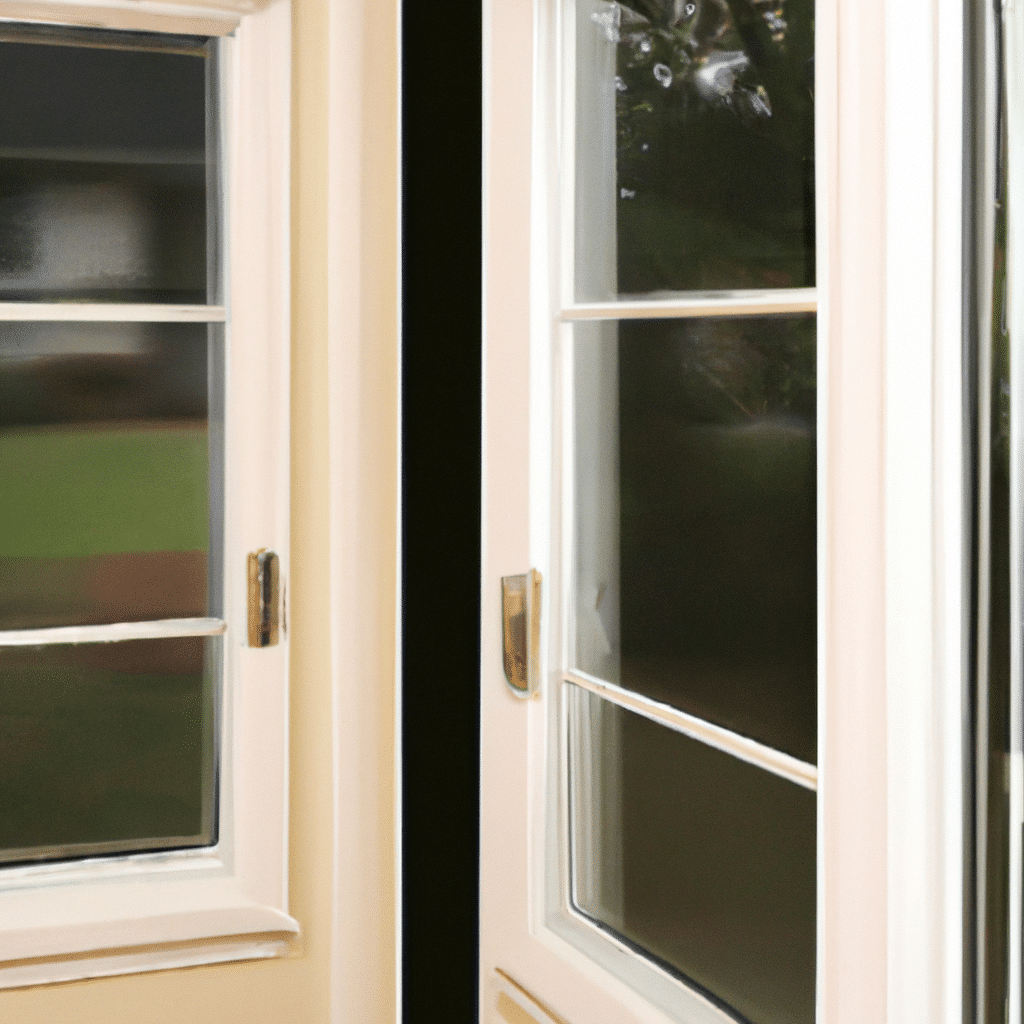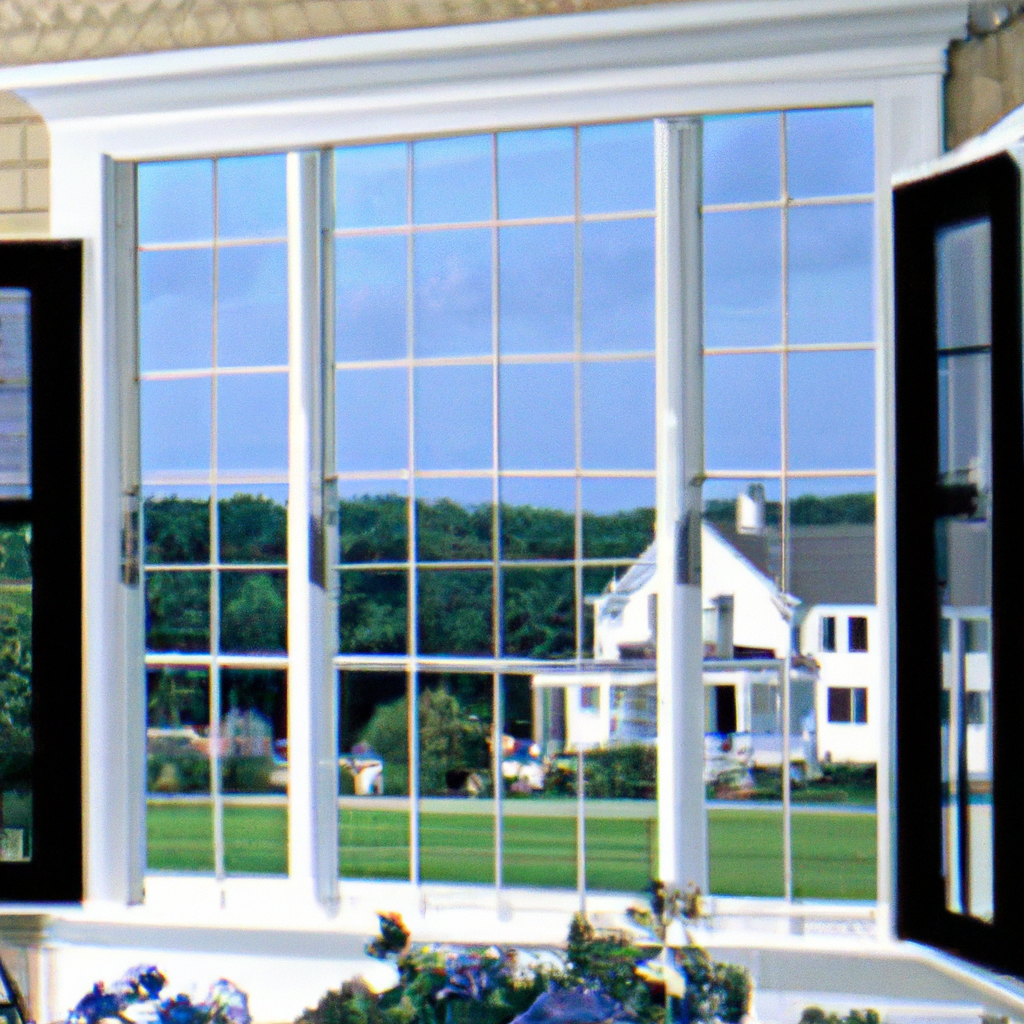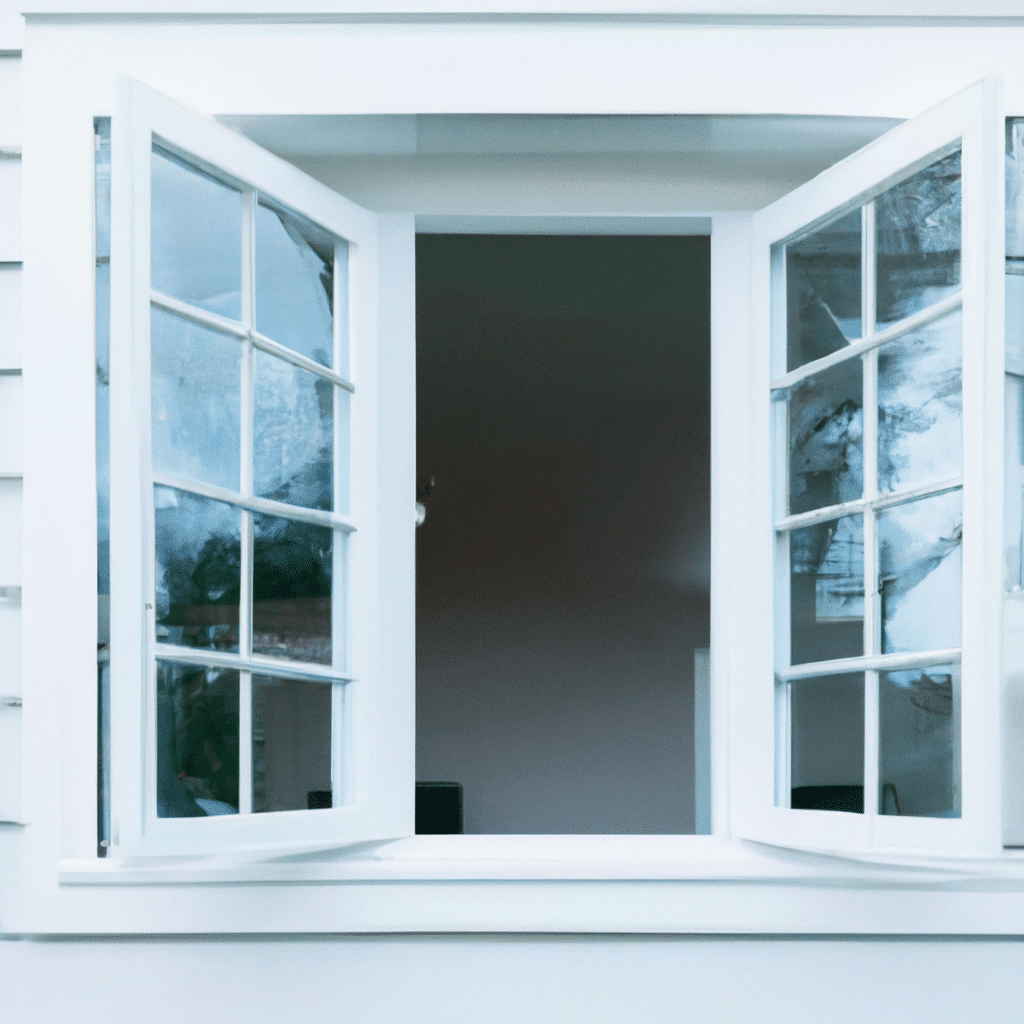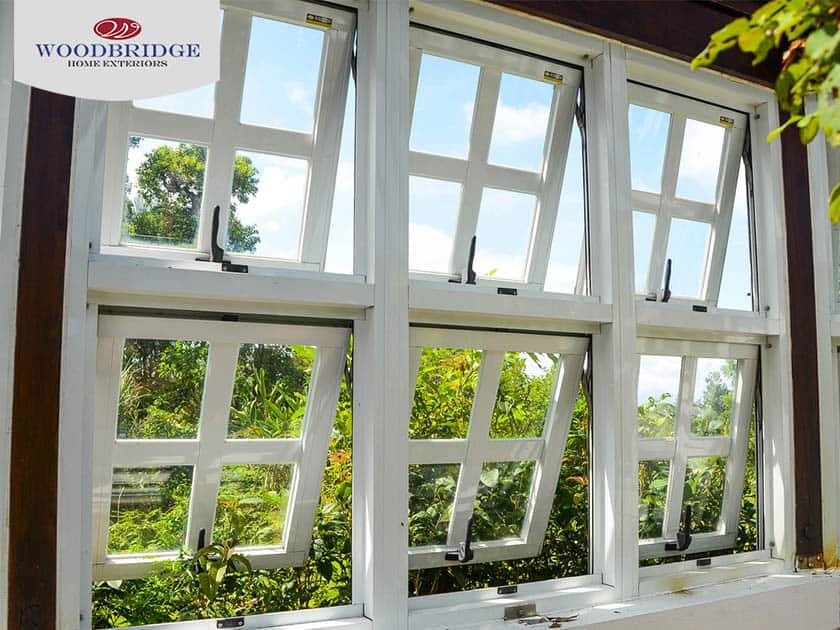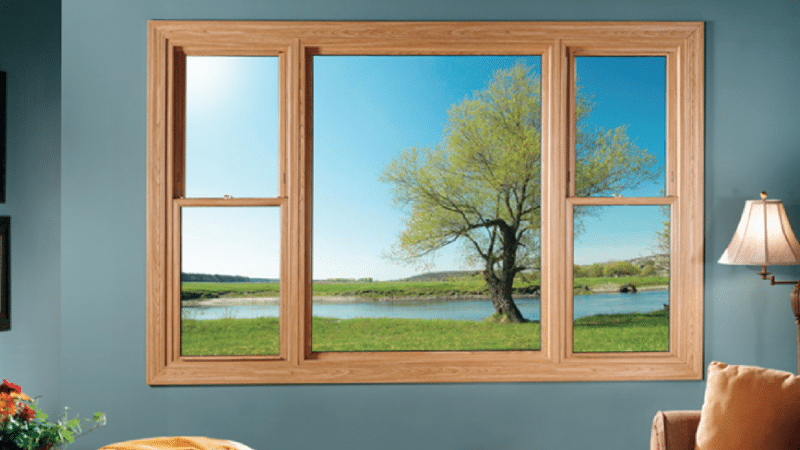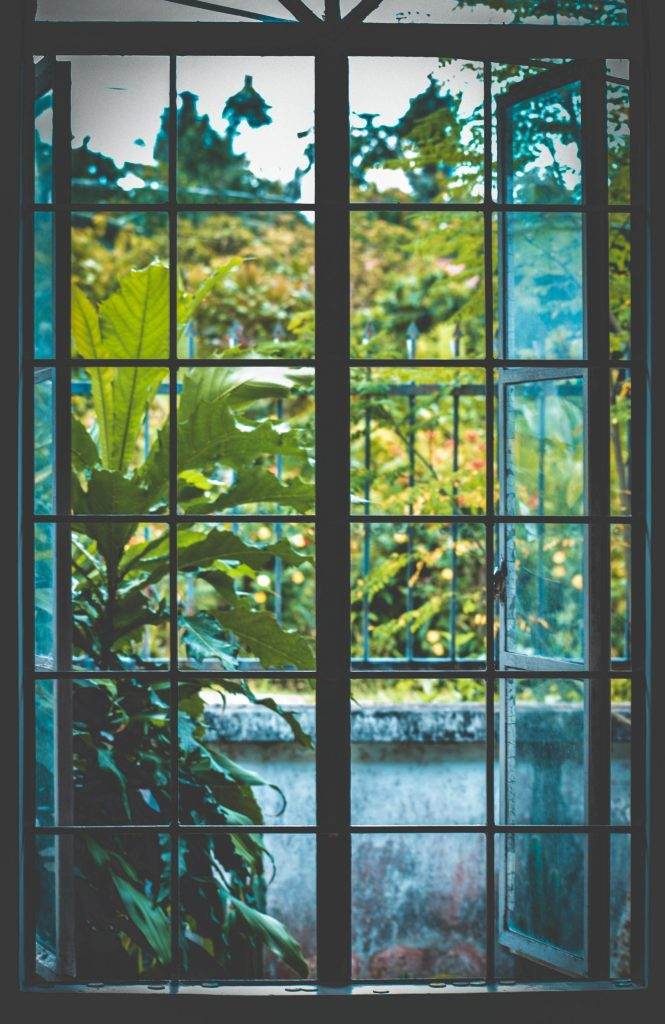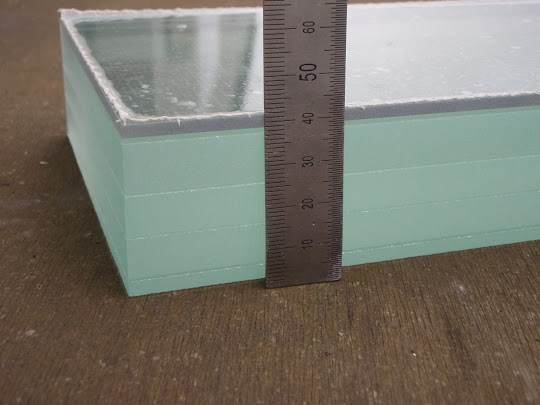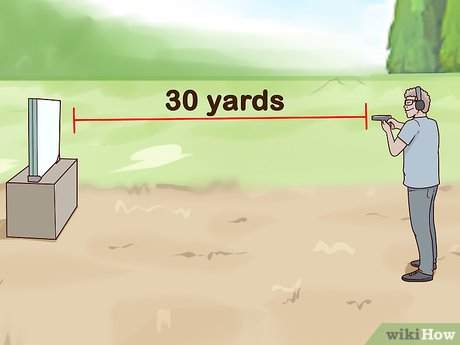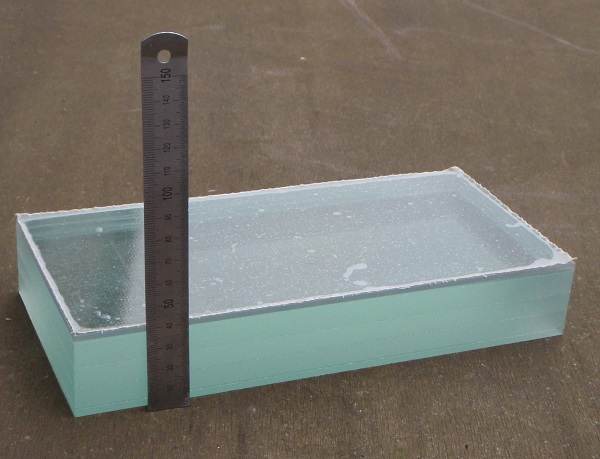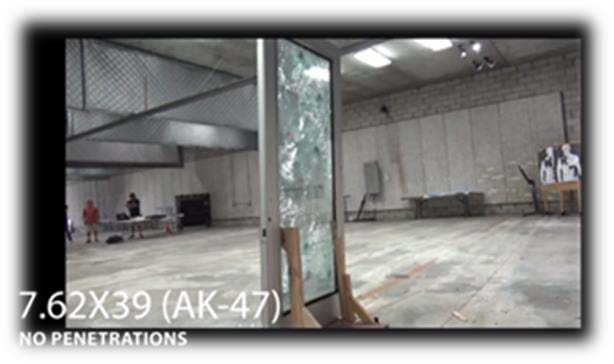If you’re in the market for new windows and doors, you’re likely wondering about their energy efficiency. You may have heard about impact windows and doors, and you’re curious whether they can help lower your energy bills. Well, the answer is yes! Impact windows and doors are known for their ability to withstand extreme weather conditions, but they also excel in energy efficiency. By keeping the outside elements at bay, these windows and doors help maintain a consistent temperature inside your home, reducing the need for excessive heating or cooling. So, let’s dive into the details and discover why impact windows and doors are a smart choice for energy-conscious homeowners.
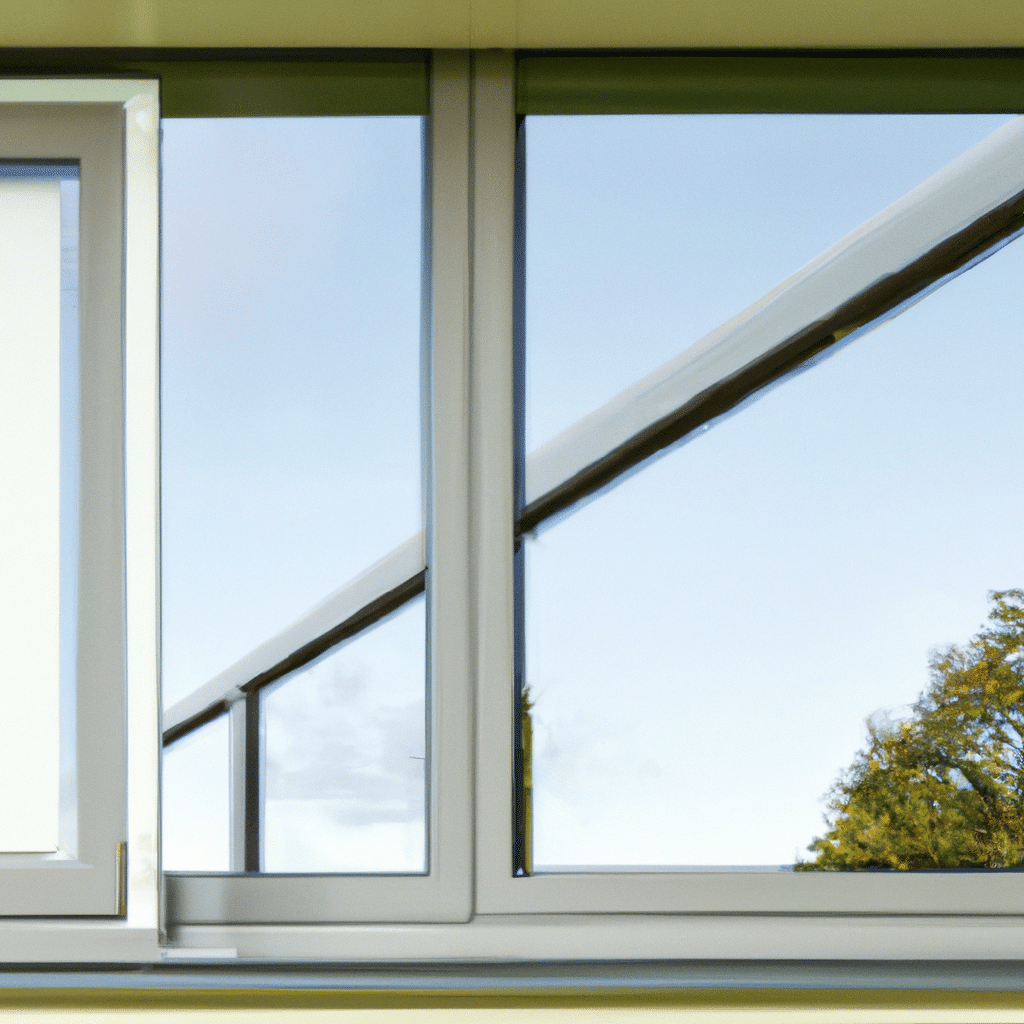
Benefits of Impact Windows and Doors
Impact windows and impact doors offer numerous benefits, and one of the most notable advantages is reduced energy consumption. These specially designed windows and doors are highly effective in sealing out drafts and preventing air leakage, which can significantly lower heating and cooling costs. By minimizing the transfer of heat or cold from the outside to the inside, impact windows and doors help maintain a consistent indoor temperature, reducing the need for excessive use of air conditioning or heating systems.
In addition to lower energy consumption, impact windows and doors also provide improved insulation. The use of laminated glass and impact-resistant frames helps create a barrier that reduces the transfer of heat or cold. This enhanced insulation not only contributes to energy efficiency but also results in a more comfortable living environment. With impact windows and doors, you can enjoy a well-insulated home that stays cooler in summer and warmer in winter.
Another appealing aspect of impact windows and doors is their ability to protect against harmful UV rays. These windows and doors are constructed with special coatings or films that can filter out a significant amount of the sun’s ultraviolet radiation, which can cause fading and damage to furniture, flooring, and other interior items. By limiting UV penetration, impact windows and doors help preserve the integrity of your belongings while still allowing natural light to illuminate your home.
Furthermore, impact windows and doors offer enhanced soundproofing capabilities. The combination of laminated glass and impact-resistant frames helps to minimize outdoor noise, making your home a more peaceful and serene sanctuary. Whether you live near a busy road or in a bustling urban area, impact windows and doors can significantly reduce the noise levels inside your home, allowing you to enjoy a quieter and more comfortable living space.
Factors Affecting Energy Efficiency
Several factors can affect the energy efficiency of impact windows and doors. It is crucial to consider these factors when choosing the right products for your home to ensure optimal performance and energy savings.
The quality of materials used in the construction of impact windows and doors plays a vital role in their energy efficiency. High-quality materials, such as reinforced glass and durable frames, are essential for maximizing insulation properties and preventing air leakage. Investing in windows and doors that are made from top-notch materials ensures long-lasting performance and energy efficiency.
Proper installation is another crucial factor that affects the energy efficiency of impact windows and doors. Even the most energy-efficient windows and doors can fail to meet their potential without correct installation. It is important to hire a professional installer who is experienced in working with impact windows and doors to ensure a proper and airtight fit. Proper installation ensures that energy efficiency is optimized and that your investment in impact windows and doors is worthwhile.
Insulation properties also play a significant role in the energy efficiency of impact windows and doors. The use of laminated glass and impact-resistant frames with thermal breaks helps to minimize heat or cold transfer while improving overall insulation. When choosing impact windows and doors, pay attention to their insulation ratings and look for products with high thermal resistance values to ensure maximum energy efficiency.
Airtightness is another essential factor in determining the energy efficiency of impact windows and doors. Properly sealed windows and doors prevent air leakage, reducing drafts and minimizing the transfer of heat or cold. The presence of airtight seals, weatherstripping, and sealing mechanisms in impact windows and doors is crucial for optimal energy efficiency.
Thermal resistance is the measure of a material’s ability to resist the flow of heat. It determines how well the windows and doors can insulate your home and reduce energy consumption. The higher the thermal resistance value, the better the energy efficiency of the impact windows and doors. When selecting impact windows and doors, consider their thermal resistance properties to ensure maximum energy savings and comfort in your home.
Impact Windows
Impact windows are designed and constructed with specific features that offer superior protection and energy efficiency. These windows are crafted to withstand high winds, flying debris, and other impact forces, making them highly durable and resilient.
Laminated glass is a key component of impact windows. It consists of two or more layers of glass bonded together with a durable interlayer, typically made of polyvinyl butyral (PVB). This construction makes the glass highly resistant to impact, reducing the risk of shattering and providing added security against break-ins. Additionally, the interlayer helps to dampen sound vibrations, contributing to the soundproofing capabilities of impact windows.
Impact-resistant frames are another essential feature of impact windows. These frames are typically made of reinforced materials, such as aluminum or vinyl, to enhance their strength and durability. The use of impact-resistant frames ensures that the entire window assembly can withstand high-pressure forces without compromising its structural integrity. This not only provides protection during severe weather events but also contributes to the overall energy efficiency of the windows.
Multi-chambered profiles are commonly found in impact windows and contribute to their energy efficiency. These profiles consist of multiple compartments within the window frame, which helps to reduce heat transfer. The chambers act as insulating barriers, inhibiting the flow of heat or cold from the outside to the inside of your home. This design feature enhances the insulation properties of impact windows, reducing energy consumption and improving indoor comfort.
Impact Doors
Impact doors, like impact windows, offer a range of benefits, including energy efficiency, durability, and enhanced security. These doors are designed and constructed with specific features to provide superior protection and meet stringent building codes in hurricane-prone regions.
Materials and construction play a crucial role in the energy efficiency of impact doors. Impact doors are typically constructed with reinforced materials, such as fiberglass, aluminum, or steel, to withstand high winds and other impact forces. These materials provide excellent insulation properties, helping to minimize heat transfer and maintain a consistent indoor temperature. By reducing the reliance on HVAC systems to heat or cool your home, impact doors contribute to energy savings and lower utility bills.
Reinforcement features, such as steel cores or internal support systems, are often incorporated into impact doors to enhance their strength and durability. These features add an extra layer of protection and help the doors withstand high-pressure forces during severe weather events. By providing long-lasting performance, impact doors eliminate the need for frequent replacements, resulting in cost savings over time.
Weatherstripping is an integral part of impact doors and plays a critical role in their energy efficiency. Weatherstripping helps create a tight seal between the door and the frame, preventing air leakage and minimizing drafts. By sealing out air infiltration, weatherstripping improves insulation and reduces energy loss, contributing to energy efficiency in your home.
Sealing mechanisms, such as compression gaskets or magnetic seals, also contribute to the energy efficiency of impact doors. These mechanisms ensure a tight fit between the door and the frame, preventing air leakage and reducing thermal transfer. By eliminating drafts and maintaining a consistent indoor temperature, sealing mechanisms enhance energy efficiency and create a more comfortable living environment.

Energy Efficiency Certifications
When shopping for impact windows and doors, it is essential to look for energy efficiency certifications to ensure that you are selecting products that meet high standards of performance. Two common certifications to consider are ENERGY STAR and NFRC ratings.
ENERGY STAR is an internationally recognized program that sets energy efficiency standards for various products, including windows and doors. Products that carry the ENERGY STAR label have undergone rigorous testing and meet specific performance criteria established by the program. By choosing impact windows and doors with the ENERGY STAR label, you can have confidence that they meet high energy efficiency standards and will contribute to significant energy savings.
NFRC (National Fenestration Rating Council) ratings provide valuable information about the energy performance of windows and doors. These ratings cover key energy efficiency factors, including U-factor, solar heat gain coefficient (SHGC), visible transmittance (VT), and air leakage. The U-factor measures how well a window or door can insulate, while the SHGC indicates its ability to block heat from the sun. VT measures the amount of visible light transmitted through the product, and air leakage quantifies the amount of air that penetrates through gaps. The NFRC ratings provide a standardized way to compare the energy efficiency of different products and make informed decisions based on their performance.
Benefits over Traditional Windows and Doors
Compared to traditional windows and doors, impact windows and doors offer several distinct advantages. One of the most significant benefits is their durability and strength. Impact windows and doors are specifically designed and engineered to withstand harsh weather conditions, such as hurricanes or strong winds. The use of reinforced materials and laminated glass ensures that these windows and doors are highly resistant to impact forces, reducing the risk of breakage and providing greater protection for your home and family.
In addition to their durability, impact windows and doors also provide significant noise reduction. The combination of laminated glass and impact-resistant frames helps to dampen sound vibrations, making your home quieter and more peaceful. Whether you live in a busy urban area or near a noisy road, impact windows and doors can significantly reduce the amount of outdoor noise that enters your home, allowing you to enjoy a more serene and comfortable living environment.
Enhanced security measures are another advantage of impact windows and doors over traditional options. The impact-resistant glass and reinforced frames make it more difficult for intruders to break into your home. This added layer of security provides peace of mind, knowing that your windows and doors offer a higher level of protection against break-ins.
Cost Considerations
When it comes to cost considerations, impact windows and doors may have a higher initial investment compared to traditional options. The specialized construction and materials used in impact windows and doors contribute to their higher price tag. However, it is important to consider the long-term savings and return on investment.
While the upfront cost may be higher, impact windows and doors can result in significant long-term savings. Their energy efficiency properties help reduce heating and cooling costs, resulting in lower utility bills over time. By minimizing air leakage and improving insulation, impact windows and doors can contribute to substantial energy savings throughout the year.
Another aspect to consider is the potential return on investment. The durability and longevity of impact windows and doors mean that they will last for many years without the need for frequent replacements. This long lifespan reduces maintenance and replacement costs over time, making impact windows and doors a worthwhile investment that can pay off in the long run.
Maintenance and Care
To ensure the continued energy efficiency and performance of your impact windows and doors, regular maintenance and care are essential. Taking proper care of your windows and doors can help prolong their lifespan and maximize their energy-saving capabilities.
Regular cleaning is an important part of maintaining impact windows and doors. Keeping them clean helps to prevent the build-up of dirt, debris, and grime, which can impact their performance. Use a mild detergent and a soft cloth or sponge to clean the glass, frames, and hardware. Avoid using abrasive cleaners or rough materials that could scratch or damage the surfaces.
Inspection and maintenance should also be conducted periodically to identify any potential issues or damage. Check the frames, seals, and hardware for signs of wear or damage, and address any repairs or replacements promptly. Lubricate the hinges, locks, and other moving parts to ensure smooth operation and optimal performance.
If any repairs or replacements are necessary, it is recommended to consult a professional for assistance. They have the expertise and experience to handle any issues and ensure that your impact windows and doors continue to provide the desired energy efficiency and protection.
Climate Considerations for Energy Efficiency
The climate you live in can have a significant impact on the energy efficiency of your impact windows and doors. Different climates present unique challenges and requirements when it comes to achieving optimal energy savings and comfort.
In hot climates, such as areas with high temperatures and intense sunlight, impact windows and doors play a vital role in reducing heat gain and maintaining a cool indoor environment. The use of low-emissivity (Low-E) coatings on the glass can help reflect a significant amount of solar heat while still allowing natural light to enter your home. Additionally, selecting impact windows and doors with high solar heat gain coefficients (SHGC) can help further minimize heat transfer and maximize energy efficiency.
In cold climates, where the primary concern is heat loss, impact windows and doors with high U-factors are essential for preventing heat transfer and minimizing energy consumption. U-factor measures how well a window or door can insulate against heat loss. By investing in impact windows and doors with low U-factors, you can ensure better insulation and reduce the reliance on heating systems during cold winters.
Humid climates present unique challenges, as high levels of humidity can lead to condensation and moisture-related issues. When selecting impact windows and doors for humid climates, it is important to choose products with proper moisture-resistant features. Look for windows and doors with effective sealing mechanisms, such as compression gaskets or magnetic seals, to prevent air leakage and minimize the risk of condensation.
Considering the climate you live in and its specific challenges will help you choose impact windows and doors that are best suited for your region, providing optimal energy efficiency and comfort throughout the year.
Conclusion
In conclusion, impact windows and doors offer numerous benefits, making them an excellent choice for homeowners seeking energy efficiency, durability, and enhanced protection. These windows and doors provide reduced energy consumption, lower heating and cooling costs, improved insulation, protection against harmful UV rays, and enhanced soundproofing. Factors such as the quality of materials, proper installation, insulation properties, airtightness, and thermal resistance affect the energy efficiency of impact windows and doors.
Impact windows are designed with laminated glass, impact-resistant frames, and multi-chambered profiles to provide superior protection and insulation. Impact doors also feature reinforced materials, reinforcement features, weatherstripping, and sealing mechanisms to enhance energy efficiency and provide security.
Energy efficiency certifications like ENERGY STAR and NFRC ratings can guide homeowners in selecting impact windows and doors that meet high standards of performance. Compared to traditional windows and doors, impact windows and doors offer benefits such as durability, noise reduction, and enhanced security measures.
While the initial investment in impact windows and doors may be higher, the long-term savings and return on investment are significant. Regular maintenance and care, including cleaning, inspection, and repairs, are crucial for maintaining the energy efficiency and performance of impact windows and doors. Climate considerations, such as hot climates, cold climates, and humid climates, should be taken into account when choosing impact windows and doors to ensure optimal energy savings and comfort.
In conclusion, impact windows and doors provide a comprehensive solution for homeowners looking to enhance energy efficiency while enjoying the benefits of durability, noise reduction, and increased security. Considerations for installation, maintenance, and climate-specific factors ensure that impact windows and doors deliver on their promise of energy efficiency and a comfortable living environment.


